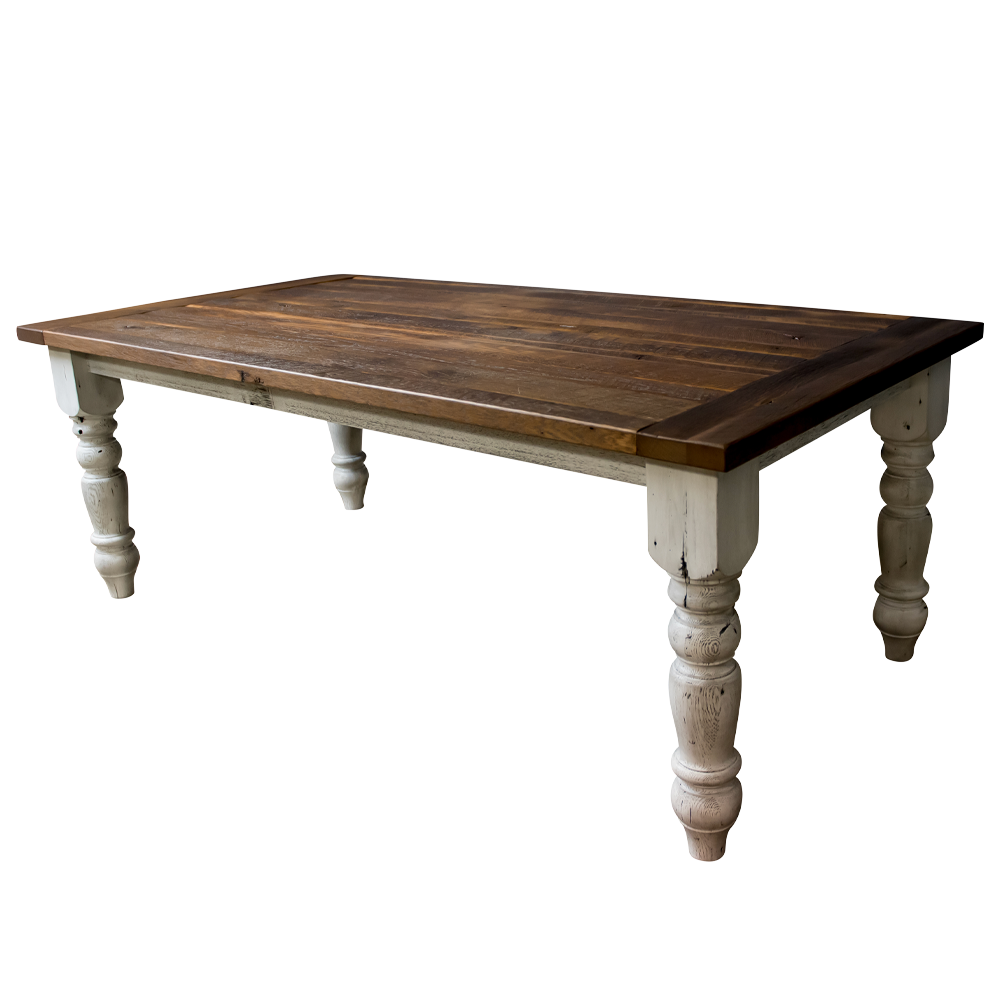Redefine Your Table's Allure with Stunning Dining Table Legs Wood Designs
Redefine Your Table's Allure with Stunning Dining Table Legs Wood Designs
Blog Article
Checking Out the Various Kinds of Table Legs Wood for Your Dining Space
The selection of eating table legs timber can greatly impact both the useful and aesthetic top qualities of your eating space. Solid timber choices, such as oak and walnut, offer a traditional look with unequaled toughness, while crafted wood alternatives provide ingenious layouts that resemble the richness of all-natural grains.
Strong Timber Options

Unlike engineered products, strong timber is much less susceptible to bending and damages over time when effectively kept. Each piece of strong timber is distinct, showcasing specific characteristics that include to the beauty and personality of the eating table.
Furthermore, solid wood can be finished in countless means, varying from all-natural oils to discolored finishes, allowing home owners to customize their furnishings to match their decor. In summary, choosing solid timber for dining table legs not only ensures structural integrity but additionally boosts the aesthetic charm of the dining location, making it a beneficial investment for any home.
Engineered Timber Alternatives

Plywood, constructed from numerous layers of wood veneer, is specifically solid and stable, making it a superb option for dining table legs. Its layered composition permits it to hold up against adjustments in humidity and temperature level much better than conventional strong wood. MDF, on the various other hand, provides a smooth surface area for paint or veneering, allowing designers to achieve a polished appearance while preserving architectural honesty.
Particleboard, often made use of in affordable alternatives, provides respectable strength and is lightweight, making it much easier to deal with. It may not be as sturdy as plywood or MDF. When choosing crafted wood choices, it is necessary to consider the intended usage and preferred aesthetic. These products not just enhance the performance of dining areas yet also permit higher style adaptability, making certain that contemporary and standard designs can coexist harmoniously.
Reclaimed Wood Features
Reclaimed timber supplies an unique mix of sustainability and personality, making it a significantly prominent choice for eating table legs. Sourced from old barns, manufacturing facilities, and other structures, redeemed timber personifies a background that brand-new products just can not duplicate. Each piece brings its own tale, marked by distinct blemishes, knots, and differing grain patterns, which add to a table's distinct aesthetic charm.
Along with its aesthetic appeal, recovered wood is an ecologically friendly option. By repurposing formerly utilized materials, it reduces the need for new lumber, thus helping to minimize and preserve forests waste. This aligns with an expanding consumer choice for sustainable practices in furniture.
Furthermore, redeemed wood is commonly much more durable than newly collected wood as a result of its age. The natural drying out process that redeemed wood undergoes cause a denser and stronger material, making it less prone to bending and splitting. This boosts the long life of dining tables, allowing them to stand up to the roughness of everyday use.
Softwood vs. Wood
When selecting eating table legs, recognizing the differences between softwood and hardwood is vital for attaining both useful and visual objectives. They normally exhibit an even more rustic look, making them ideal for casual or country-style dining areas.
On the various other hand, woods, sourced from deciduous trees like maple, oak, and cherry, are renowned for their density, stamina, and resilience. The elaborate grain patterns and abundant colors of woods offer a innovative and classic allure, making them ideal for formal eating setups. While hardwoods have a tendency to be extra costly and larger, their durability against deterioration often justifies the financial investment.
Inevitably, the selection between softwood and hardwood for eating table legs need to align with your style vision, use needs, and budget, ensuring that your eating area shows your individual design while remaining functional with time.

Therapies and coatings
The visual appeal and longevity Click This Link of table legs can be substantially boosted via various finishes and therapies. These procedures not only safeguard the wood from damages however additionally raise its appearance, permitting it to enhance varied indoor styles.
One usual therapy is staining, which penetrates the timber and boosts its all-natural grain while including color. Spots offer a rich, elegant look, allowing homeowners to match their furniture with existing style. On the other hand, clear surfaces such as polyurethane or varnish create a protective layer without changing the timber's initial color, guaranteeing longevity against wear and tear.
Furthermore, natural oils, like tung or linseed oil, nurture the wood and supply a subtle luster, all while being environmentally friendly. These oils permit the surface to breathe, avoiding wetness accumulation and possible bending.
For those seeking a rustic appeal, distressed or weather-beaten try this site finishes can be used to develop an aged look, adding character to the item. Ultimately, the option of surfaces and therapies depends upon individual preference, wanted visual appeals, and the certain timber type, making it necessary to take into consideration these factors anonymous when selecting eating table legs for your room.
Verdict
Solid timbers, crafted options, and recovered choices each deal distinct advantages, catering to numerous preferences and requirements. Inevitably, the choice of wood type ought to align with preferred style, sturdiness, and environmental considerations, enhancing the overall dining experience.
The choice of eating table legs timber can greatly influence both the visual and functional qualities of your dining space - Dining Table Legs Wood. Strong timber choices, such as oak and walnut, offer a classic look with unmatched resilience, while engineered timber options use ingenious styles that mimic the richness of natural grains. Strong timber provides an ageless quality that can boost the general style of an eating area. Each piece of strong timber is one-of-a-kind, showcasing private qualities that add to the charm and character of the eating table
Furthermore, recovered timber is often more durable than freshly collected wood due to its age.
Report this page